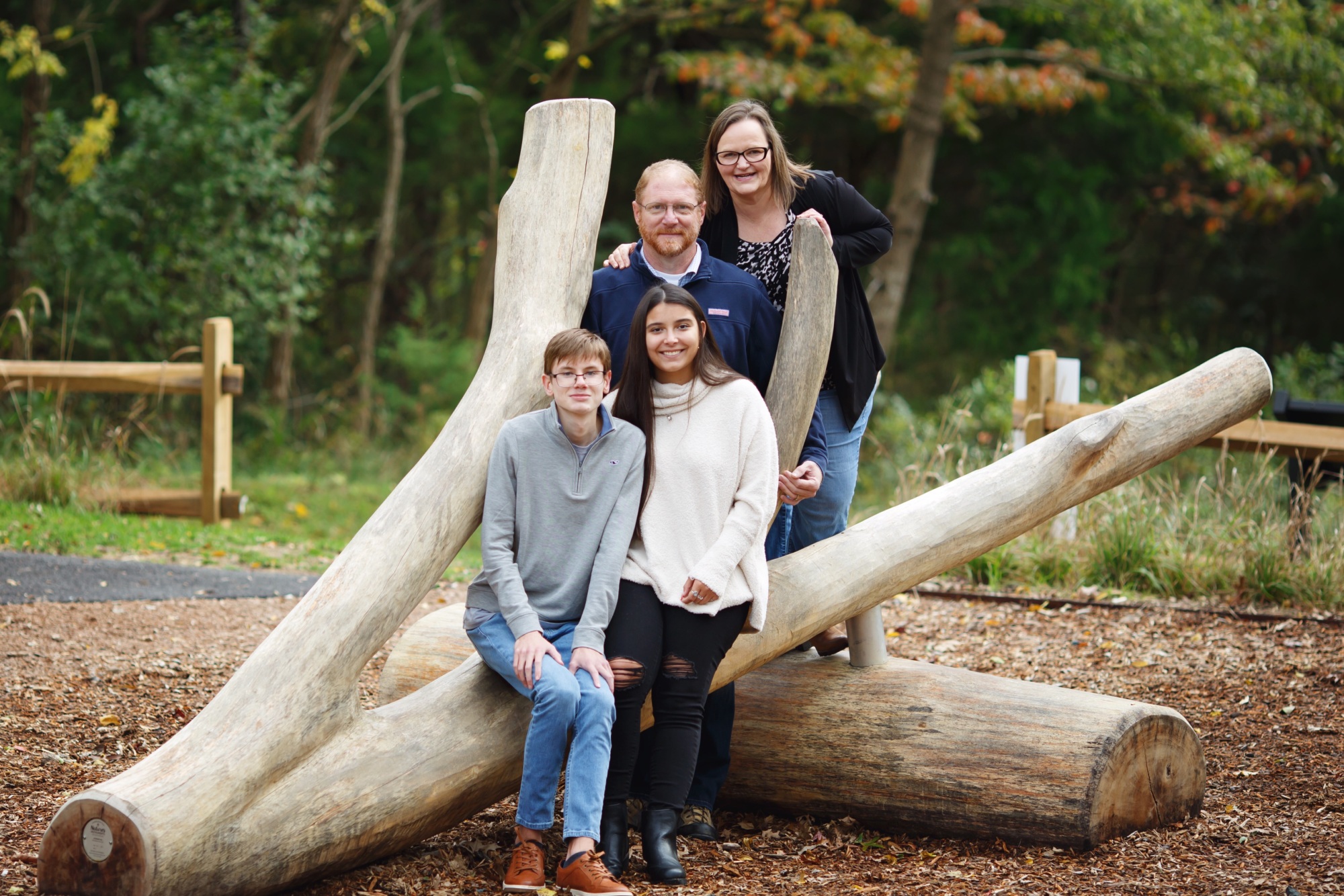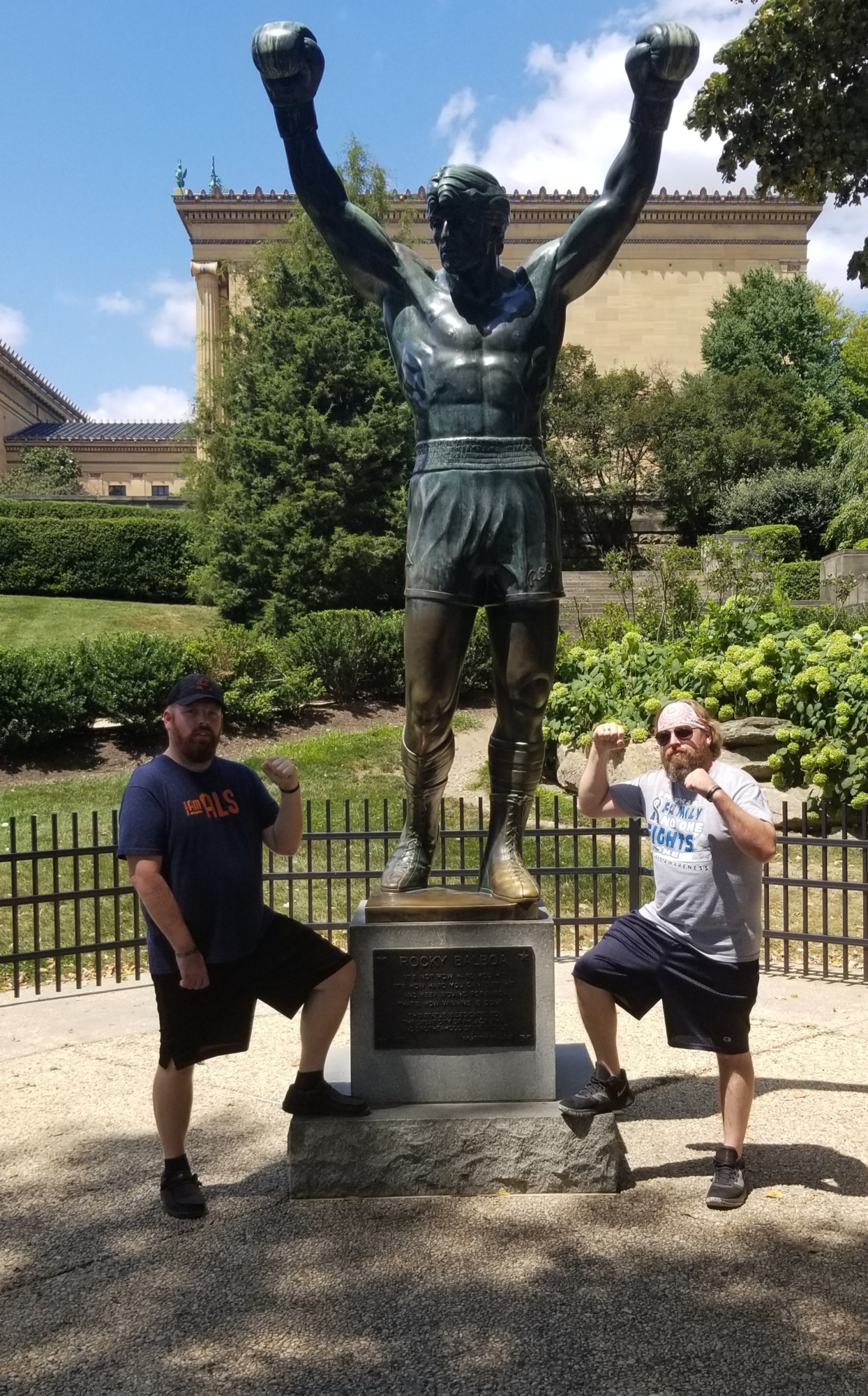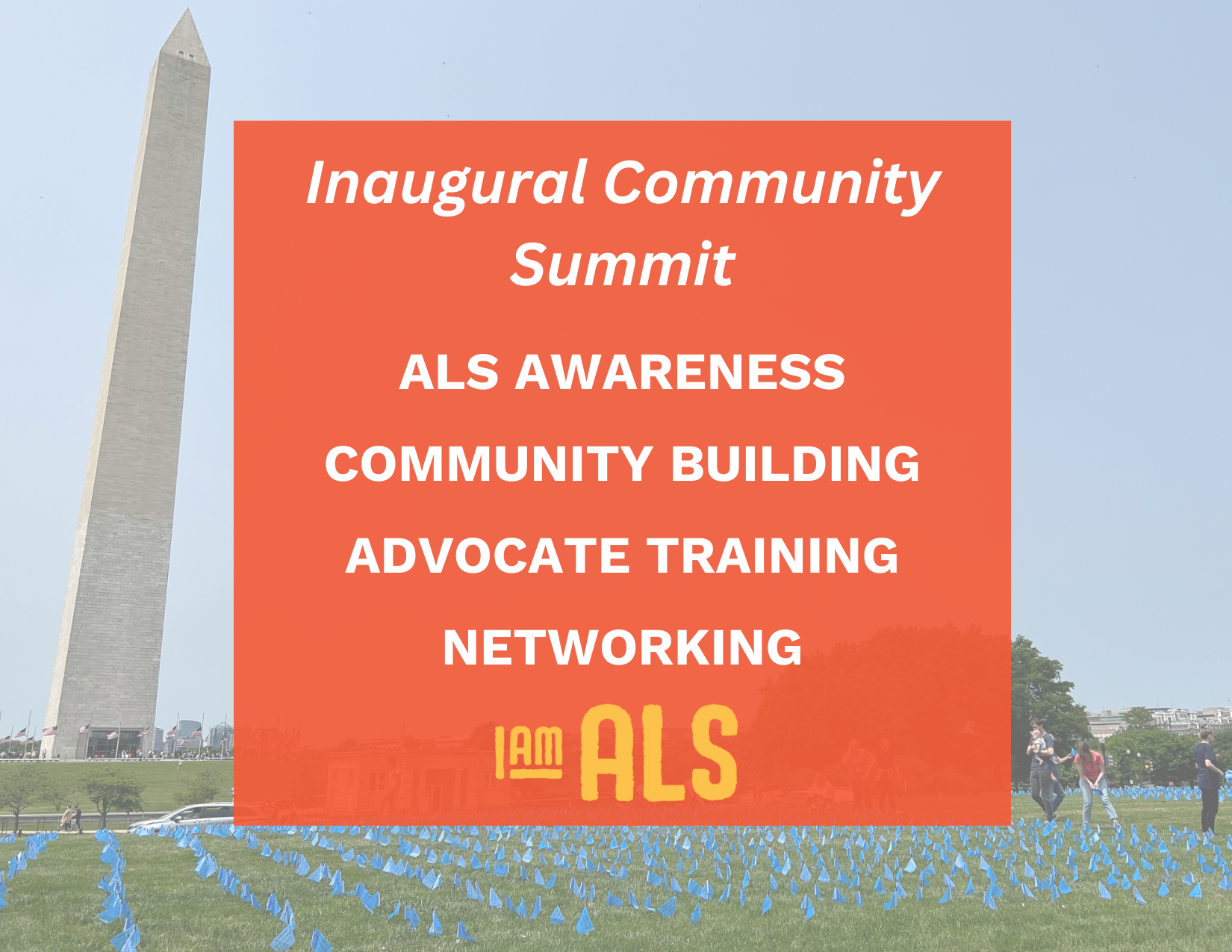
I am Roger Brannon
a U.S. military veteran living with ALS,
living with ALS
Maryland
Twenty five percent of the National ALS registry represents Veterans. I want people to know that—I want that number to be in the spotlight.
It has been just over four years since I was diagnosed with Amyotrophic Lateral Sclerosis (ALS). I still have a hard time spelling it but I don’t have a hard time talking about it. I talk about it with everyone I meet, especially veterans.
When the neurologist told me that I might have ALS, I looked it up and was surprised by what I read. The first fact I found was that military veterans are twice as likely to get ALS. This hit home with me.
In June of 1989, straight out of high school, I joined the Marine Corps. I wanted to see the world; I wanted to defend our nation.
In the Marine Corps I made it a point to stay out of the spotlight. I don’t like to be in the spotlight. I would rather be working in the trenches than speaking in front of a crowd. I always put the mission first and personal wellbeing second. But ALS has changed that.
Today, I want to get my story out there—I want ALS to be in the spotlight—I want it to get the recognition it deserves. I will not go into all of the numbers because I could talk all day, but this one is important to me. Twenty five percent of the National ALS registry represents Veterans. I want people to know that—I want that number to be in the spotlight.
April 2017, I was medically retired from the Marine Corps. I did not make the 30 years of service I was planning. I wanted to keep serving in the Marine Corps until they kicked me out, but that happened much sooner than I had expected.
My love for the Marine Corps grew over the years. I saw my first tour of combat at the age of nineteen. I was old enough to die for my country but not yet old enough to have a drink.
Before I was twenty two years old I was married to Pam, a Navy girl I had met in Okinawa, Japan on my second deployment overseas. I would leave the Marine Corps in June 1993 so I could be with her in Edzell, Scotland. We could not be together while we were both serving, so we made the decision that she would continue to serve in the Navy and I would get out.
After getting out I started college and began working on a military base.
A short time later, in 1995 we came back to the United States and I started the process of joining the Marine Corps Reserve. I joined 3rd Force Reconnaissance Company in 1996 and did not look back. I was where I belonged, back in the Marine Corps and I was having a blast.
In January 2003 I was activated to deploy to the Middle East. Instead of being the young Marine going into combat I would be the Marine leading 70 Marines into combat. The United States invaded Iraq and I had a front line view all the way up to Baghdad.
I was assigned to Alpha Company, 4th Amphibious Assault Battalion. We would carry 3rd Battalion 1st Marines throughout the war. We would help secure An Nasiryah on our way up to Saddam City. We would do most of our fighting in Saddam City before we turned it over to the Army. After we turned over with the Army we moved south to Diwainiah to clean up and prepare to return to Kuwait.
My experiences there changed the way I thought about many things. One of those things was adopting children—for many years I was against the idea. After seeing all of the orphans in Iraq, I decided that I wanted to adopt and give a child a good life. I called up Pam and told her of my change of heart.
In May 2004, we adopted Svetlana. She was my brown eyed girl with big chubby cheeks. Her nick name is Harley because instead of using the 20,000 dollars I had saved from my deployment to buy a motorcycle, I used it to pay for her adoption. It is hard to believe that she is now 17 and turning into a wonderful young lady. She is a senior in high school and planning on attending college.
In January 2005 I was activated again to deploy to Iraq. They created a new 5th Civil Affairs Group and I was a part of it. We had civil affairs detachments in Fallujah, Ramadi, Al Hit, and Korean Village all over the Al Anbar region of Iraq. I would travel all over Iraq but spend most my time in Fallujah. It would be my first deployment losing a Marine and friend. May 26, 2005 and August 3, 2005 are days I will not forget.
After this deployment I wanted to adopt again, so Pam and I adopted a little blonde hair boy from the Ural Mountains. We adopted our son Cj in April 2007. Cj is 15 years old and drives his mom nuts trying to do all the things boys want to do.
In August of 2009 I was activated again and this time I was being sent to Afghanistan. This would turn out to be my toughest deployment. I would deploy with 4th Light Armored Reconnaissance Battalion to Helmand Province. We were the furthest unit south. We were covering three times the area of other battalions with only 2 companies. It would be the first time that most of the Afghanis in this area would see Americans.
In my 28 years of service, I have served with Artillery, Force Reconnaissance, Amtraks, Combat Engineers, Civil Affairs, and Light Armored Reconnaissance, Marine Corps Forces Pacific, HQMC C4, and Marine Corps Forces CyberSpace. And despite all that I have seen, done and lost, I would not change my decision to join the Marine Corps.
I survived 4 combat tours and 7 deployments without a life changing injury. I have had broken bones and torn ligaments but nothing that kept me from fighting for this great nation. Nothing, until I was diagnosed with ALS. They can’t even tell me if I got it from one of my deployments, combat tours, or simply just for serving. Military veteran are twice as likely to be diagnosed with ALS, but we still don’t know why. One in six ALS patients are Veterans!
In the Marine Corps, every Marine is a rifleman. This is different than the other branches of service, and we do this for a very good reason. We want every Marine to be able to fight. Although my fight for the Marines and for our nation is now over, my fight against ALS has just begun. I am a Marine; I was put here to fight, not only for myself but for others as well. That’s why I believe that I was given this disease, so I could fight it for others.
They say the average life expectancy is 2-5 years, but I don’t plan on being average. I haven’t been average in 28 years, so why start now? I plan on being around for another 30-40-50 years. I will see my kids walk across the stage and receive their diplomas and walk my daughter down the aisle when she marries a man– 30 years from now!
That is the fighting spirit in me, and there are others with that same fight. In this day and age there should be no reason that anyone should have to fight this disease alone! I am part of the Veterans Team at IAmALS.org. We are a group of Veterans with ALS, caregivers, and family of ALS patients fighting ALS. We support newly diagnosed Veterans with ALS. Advocate for those that have lost their ability to talk, walk, or fight this disease.

